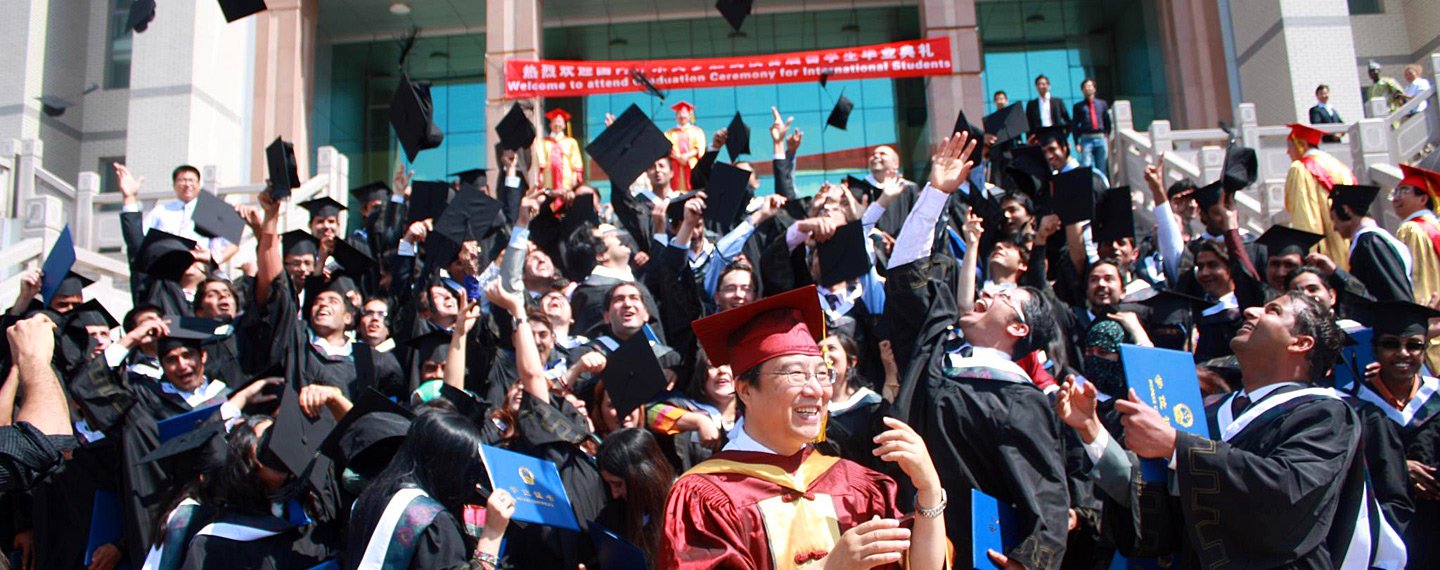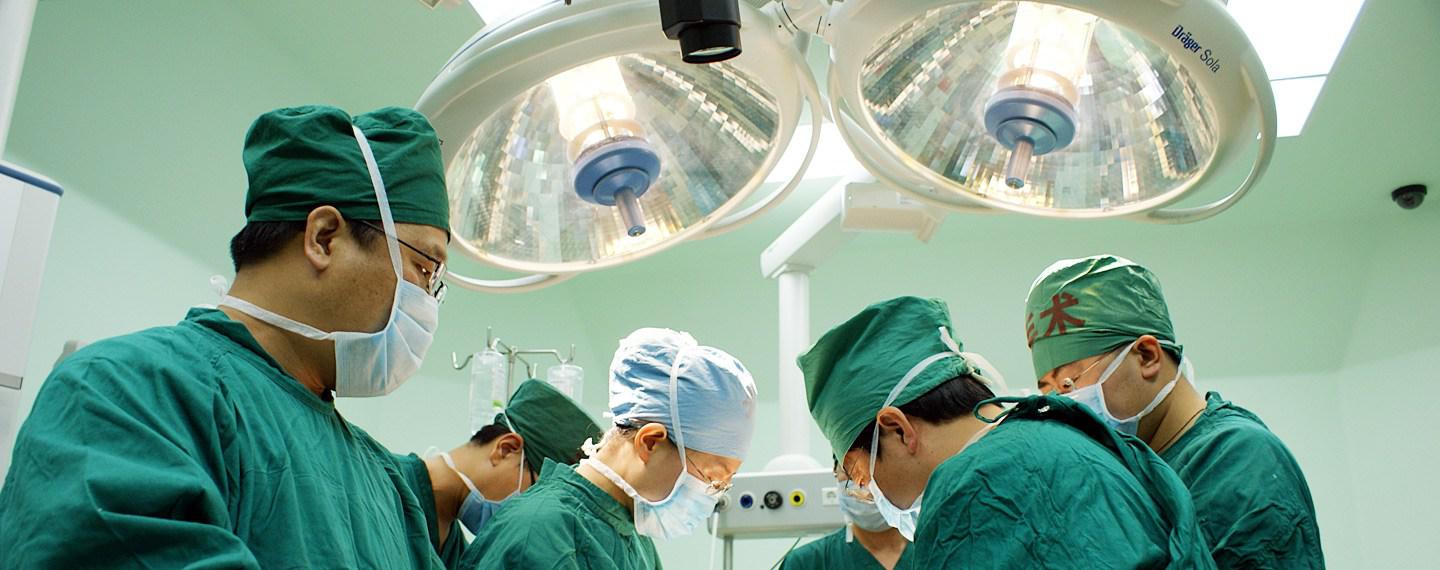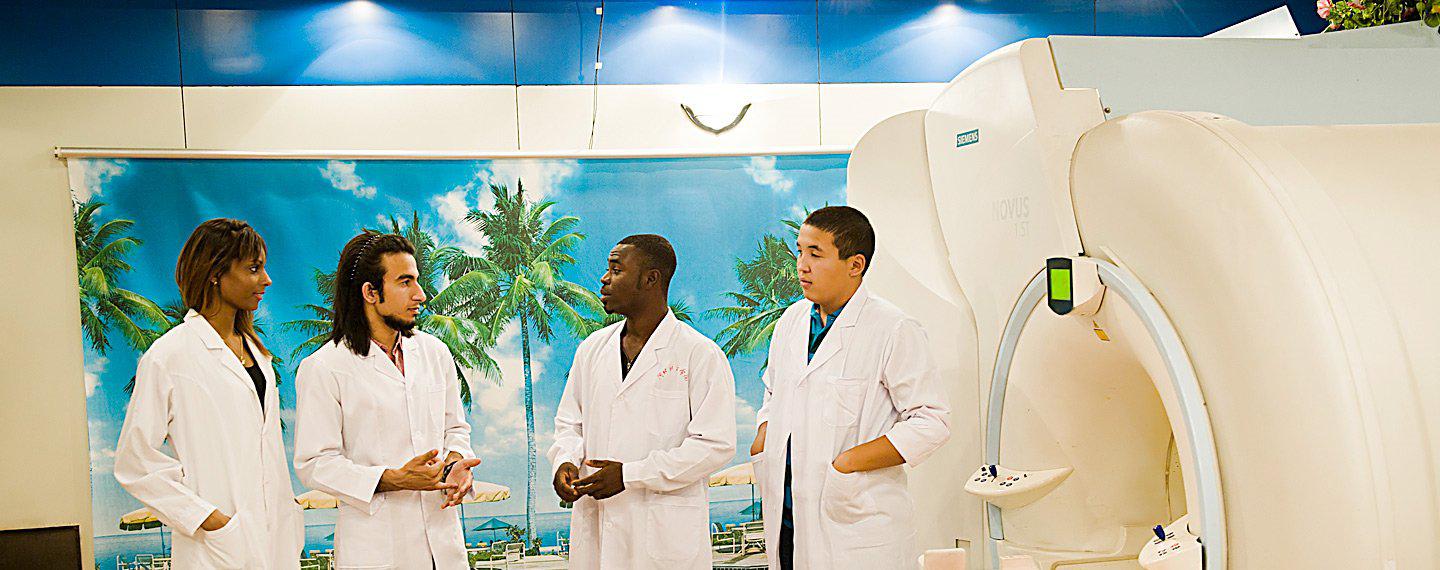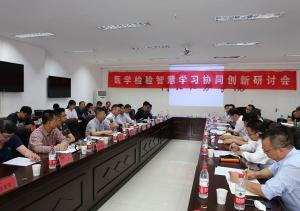 Your Position:
Your Position:
The Hundred-Year Development For Medical Education In China
Time:2016 11 04 Click:6622
Currently, there are about 180 medical schools in China. All of these medical schools have been established and maintained by the government. Among them, 77 are freestanding medical colleges, 64 are within comprehensive universities, and 39 are secondary medical schools.
Generally, the medical education system in China consists of two levels: the high-school level of vocational training (3-year programs) and the university level of medical education (5, 7, or 8-year programs). The number of students enrolled annually is dramatically increasing: it was estimated that more than 60 000 high school graduates were admitted in 1997, 140 000 in 2000, and 280 000 in 2004. Such an over enrollment results in insufficient educational resources and nationwide concern about the quality of education.
Along with the scientific, socioeconomic, and cultural development of Chinese society, the medical education system in China is undergoing major reforms. These innovations involve changes to the educational system, curricula, teaching methods, assessment systems, and other aspects.
The medical education system in China was originally based on the former Soviet Union model, in which medical schools were set up as separate universities or colleges. One of the dramatic changes in the education system during the past decade has been the merger of freestanding medical universities with nonmedical universities to create comprehensive universities.
Medical education in China can be 3, 5, 7, or 8 years long; of these, 5-year programs are the most common. The main objective of the 3-year programs was to produce medical personnel for rural areas. However, owing to the increasing number of university-level medical graduates and the increasing societal demand for better-trained physicians, these programs have largely ceased to exist.


A recent reform led by the Ministry of Education is the adjustment to the length of study; namely, to develop longer study programs. This reform will be carried out steadily on a step-by-step basis. At present, 5-year programs are the backbone of China’s medical education, while 8-year programs are simultaneously being emphasized; in time, more and more 8-year programs will be developed. It is expected that, in 20 years’ time, 3-year programs will be completely phased out and 8-year programs will become the dominant training programs in China.
The purposes of the adjustment are: to meet the current and future requirements of society, the national healthcare service system, and the development of science and technology; to follow the trend of globalization in medical education and to comply with the global standards for medical education; to improve the quality of medical education and to cultivate high-quality medical professionals; and to make better use of educational resources.
In conclusion, the current innovations in medical education in China are very active. However, more reforms are still needed. Residency training programs, the national examination system for a medical license, and continuing medical education are some of the targets that need to be improved in China’s medical education.
Generally, the medical education system in China consists of two levels: the high-school level of vocational training (3-year programs) and the university level of medical education (5, 7, or 8-year programs). The number of students enrolled annually is dramatically increasing: it was estimated that more than 60 000 high school graduates were admitted in 1997, 140 000 in 2000, and 280 000 in 2004. Such an over enrollment results in insufficient educational resources and nationwide concern about the quality of education.
Along with the scientific, socioeconomic, and cultural development of Chinese society, the medical education system in China is undergoing major reforms. These innovations involve changes to the educational system, curricula, teaching methods, assessment systems, and other aspects.
The medical education system in China was originally based on the former Soviet Union model, in which medical schools were set up as separate universities or colleges. One of the dramatic changes in the education system during the past decade has been the merger of freestanding medical universities with nonmedical universities to create comprehensive universities.
Medical education in China can be 3, 5, 7, or 8 years long; of these, 5-year programs are the most common. The main objective of the 3-year programs was to produce medical personnel for rural areas. However, owing to the increasing number of university-level medical graduates and the increasing societal demand for better-trained physicians, these programs have largely ceased to exist.


A recent reform led by the Ministry of Education is the adjustment to the length of study; namely, to develop longer study programs. This reform will be carried out steadily on a step-by-step basis. At present, 5-year programs are the backbone of China’s medical education, while 8-year programs are simultaneously being emphasized; in time, more and more 8-year programs will be developed. It is expected that, in 20 years’ time, 3-year programs will be completely phased out and 8-year programs will become the dominant training programs in China.
The purposes of the adjustment are: to meet the current and future requirements of society, the national healthcare service system, and the development of science and technology; to follow the trend of globalization in medical education and to comply with the global standards for medical education; to improve the quality of medical education and to cultivate high-quality medical professionals; and to make better use of educational resources.
In conclusion, the current innovations in medical education in China are very active. However, more reforms are still needed. Residency training programs, the national examination system for a medical license, and continuing medical education are some of the targets that need to be improved in China’s medical education.


















